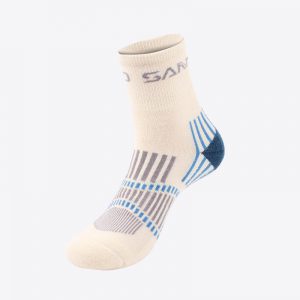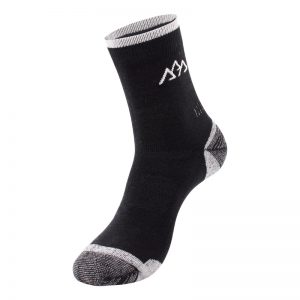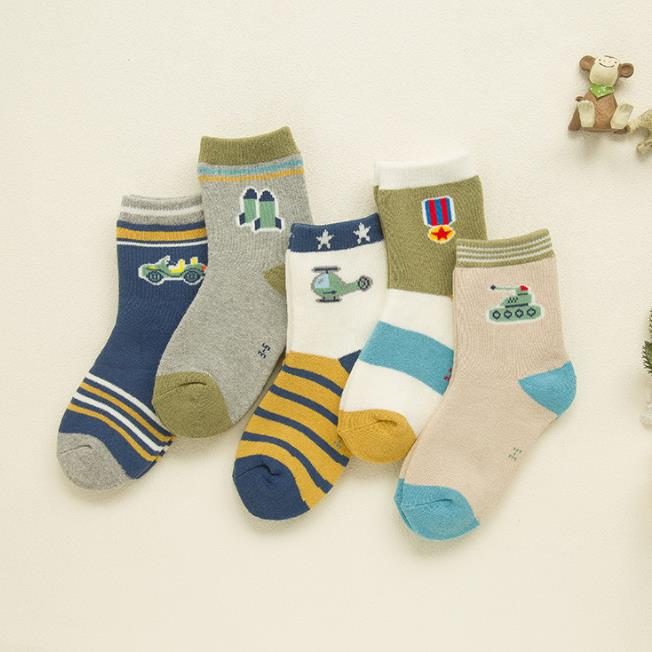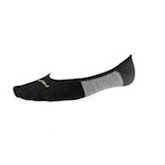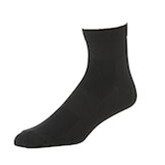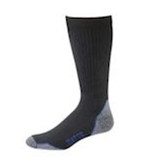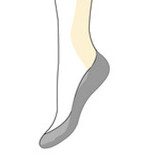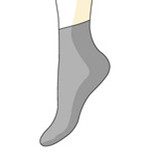Socks can indeed impact the quality of sleep for some individuals. The effect of wearing socks during sleep varies from person to person and may depend on personal preferences, the sleep environment, and individual health conditions. Here are some ways wearing socks might affect sleep quality:
- Temperature Regulation: Keeping your feet warm with socks can improve blood circulation and help you fall asleep faster. Cold feet can be uncomfortable and may lead to difficulty falling asleep.
- Comfort and Relaxation: Some people find wearing socks during sleep to be comforting and relaxing. The feeling of warmth and softness can create a cozy and secure sleep environment.
- Thermal Comfort: Temperature plays a significant role in sleep quality. For some, wearing socks can help maintain a comfortable body temperature, which is essential for a good night’s rest.
- Promoting Sleep Onset: Warm feet can cause blood vessels to dilate, redistributing heat throughout the body. This dilation triggers the body’s natural sleep response, making it easier to fall asleep.
- Improved Circulation: Compression or diabetic socks can aid in improving blood circulation, especially for individuals with certain health conditions. Better blood flow can reduce discomfort and promote relaxation.
- Sweating and Irritation: For others, wearing socks during sleep may cause feet to sweat excessively, leading to discomfort and skin irritation.
- Allergies and Sensitivities: Some individuals may have allergies to certain sock materials, which could cause irritation and disrupt sleep.
- Personal Preference: Ultimately, the decision to wear socks during sleep comes down to personal preference. Some people simply prefer the feeling of having their feet uncovered.
If you are considering wearing socks during sleep or removing them for better sleep quality, consider experimenting to see what works best for you. Pay attention to how your body responds to wearing socks and how it affects your sleep. If you have concerns about circulation issues, allergies, or other foot-related conditions, consult a healthcare professional for personalized advice.
